Octreoscan is used to visualize hormone-producing tumors of the nervous and endocrine systems, or neuroendocrine tumors. Most tumors of this nature contain cells with a receptor for the hormone somatostatin.
Nuclear Medicine is an imaging technology that involves the use of small amounts of radioactive materials (or tracers) to help diagnose and treat a variety of diseases. Nuclear medicine determines the cause of the medical problem based on the function of the organ, tissue or bone.
This test uses a small amount of radioactive material to emit photon energy. This energy is detected by a gamma camera which then captures and creates computerized images.
When would I get an OctreoScan?
Your medical provider may recommend an OctreoScan to:
- identify and pinpoint the location of benign or malignant neuroendocrine tumors, such as carcinoid tumors, small cell lung cancer, pituitary adenoma, neuroblastoma, medullary thyroid carcinoma and islet cell tumor of pancreas prior to their surgical removal
- identify both primary cancer and cancer that has metastasized from other locations
- monitor the effectiveness of therapy for neuroendocrine tumors and to detect recurrences or progression of disease.
What Will I Experience?
In OctreoScan, octreotide, an analogue of somatostatin, is labeled with a radioactive tracer and injected intravenously. The radioactive octreotide attaches to somatostatin receptors on the tumor cells and can then be observed with the gamma camera. A variation of nuclear scanning, called single-photon emission computed tomography, or SPECT, enhances the sensitivity of the test.
An OctreoScan will take approximately 30 minutes to complete. Another set of images with SPECT will be taken. This will take an additional 20 to 30 minutes. You will be asked to return the next day when the same set of images will be taken.
The radiopharmaceutical you receive for the study is eliminated from your body through the urine. For that reason, you should drink plenty of fluids and urinate frequently after completion of the test. How much fluid will depend on each individual, but you should be well hydrated.
For an adult this could be three to four glasses of water.
Your urine will not change color. Your urine will contain the radioactive material, so it is recommended that you thoroughly wash your hands after going to the bathroom.


